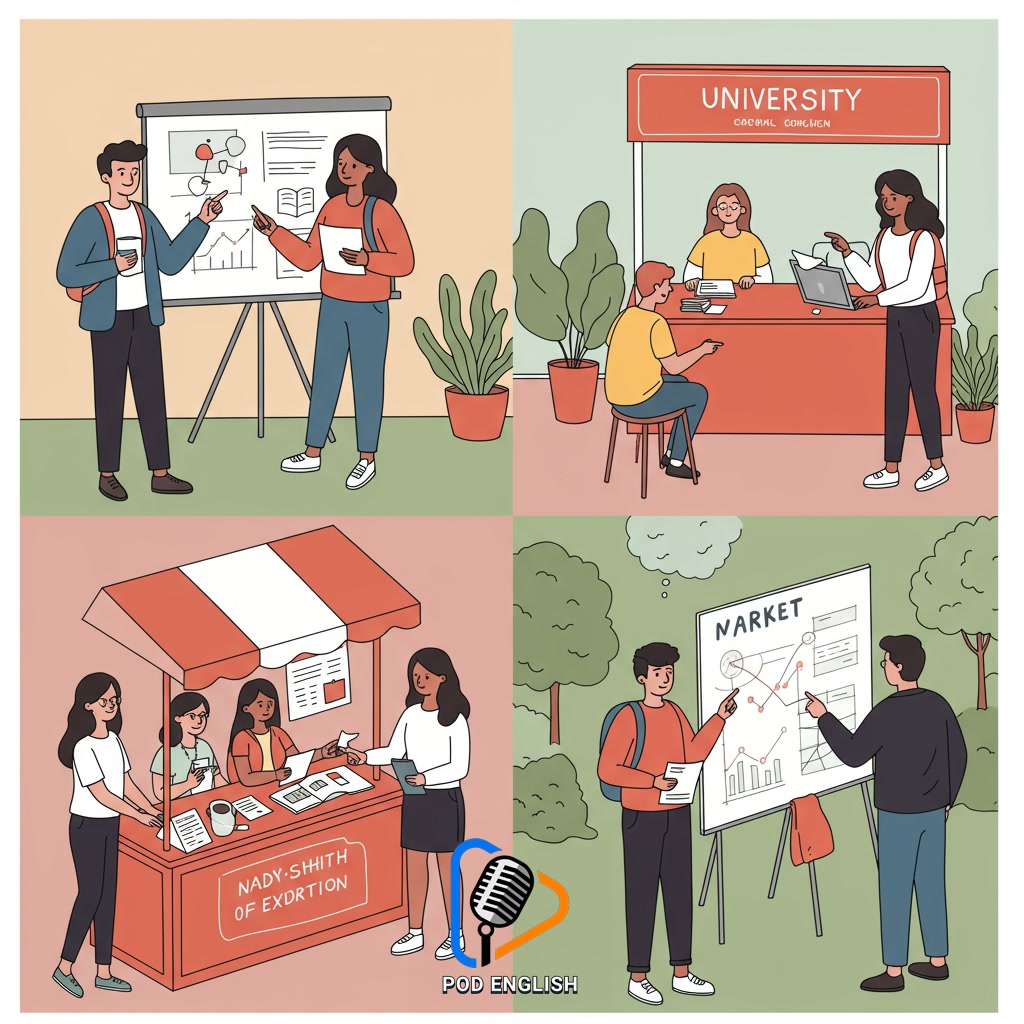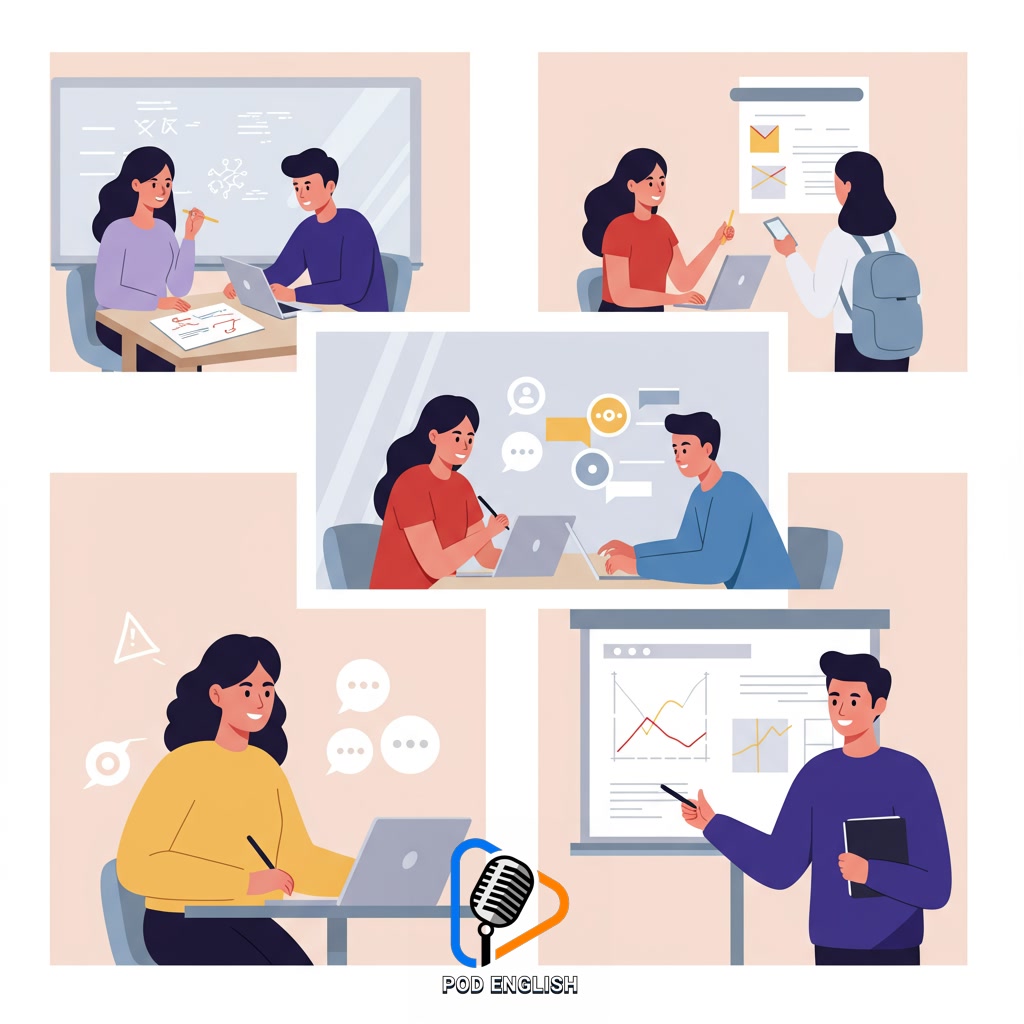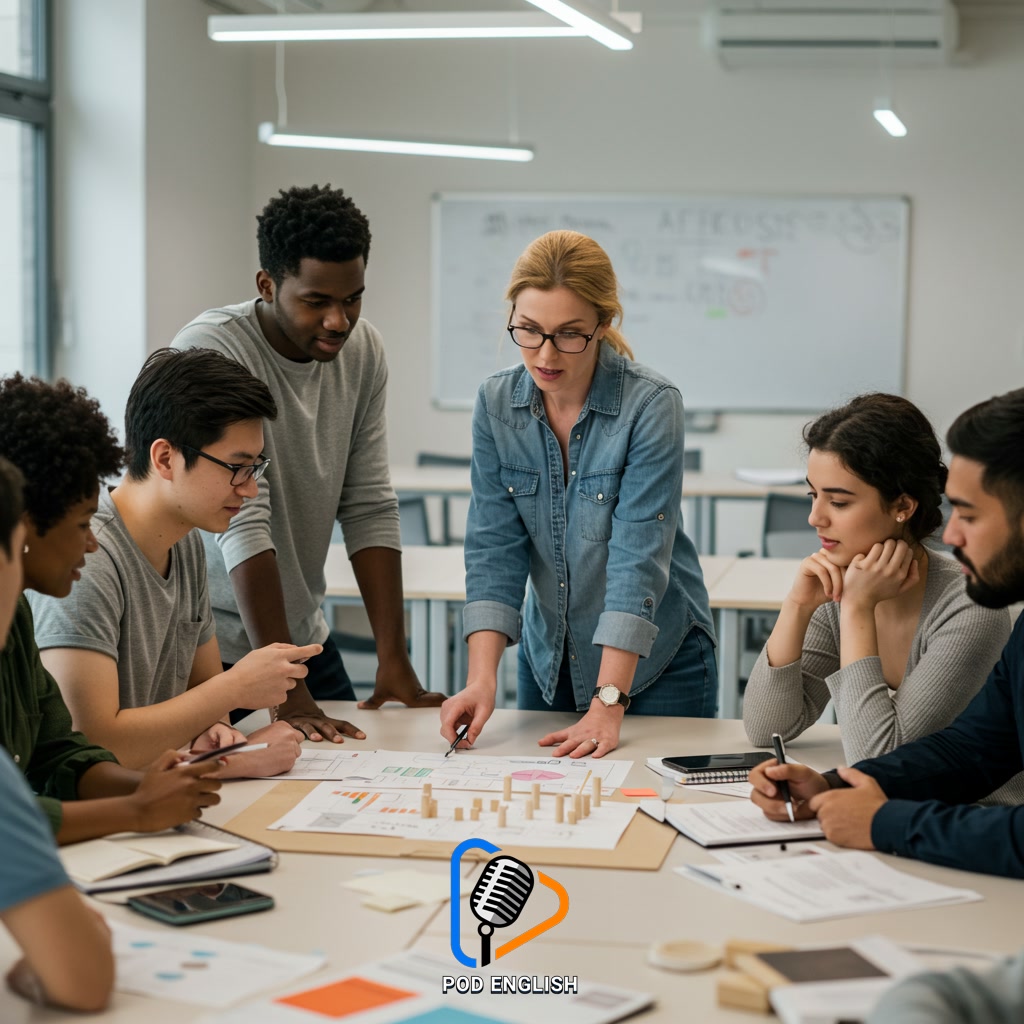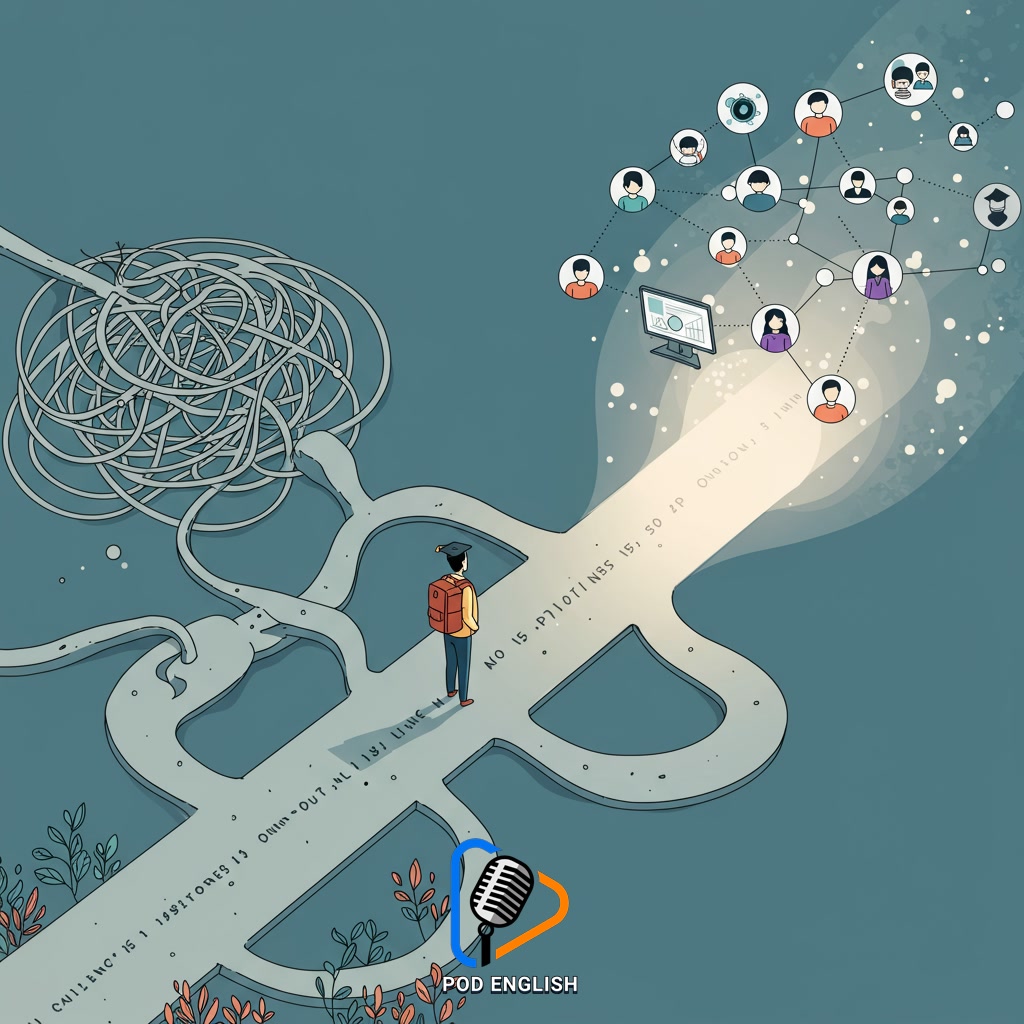Learn English
Maximize English Fluency Through Experiential Learning Higher Education

This approach examines how experiential learning methodologies can be effectively implemented in higher education settings to maximize English fluency. It emphasizes active engagement and practical application of language skills through real-world experiences. This pedagogical strategy aims to accelerate language acquisition and build communicative competence beyond theoretical understanding. Implementing such methods offers a robust framework for institutions to enhance students’ English proficiency.
Table of Contents
- Section 1: Introduction: The Growing Need for English Fluency in Higher Education
- Section 2: Defining Experiential Learning in the Context of Language Acquisition
- Section 3: Mechanisms: How Experience Enhances English Fluency
- Section 4: Practical Applications: Types of Experiential Learning Activities
- Section 5: Designing and Implementing Experiential Learning Programs Effectively
- Section 6: Assessing Fluency Gains Through Experiential Approaches
- Section 7: Challenges and Future Directions
Section 1: Introduction: The Growing Need for English Fluency in Higher Education
In today’s increasingly interconnected world, English has solidified its position as the primary language of academia, research, and global communication. For students pursuing higher education, achieving a high level of English fluency is no longer merely an advantage but a critical necessity. Accessing cutting-edge research, participating in international conferences, engaging with diverse global perspectives, and pursuing advanced studies or career opportunities abroad all fundamentally rely on strong English language skills. Universities and colleges recognize this imperative, understanding that equipping graduates with robust communicative competence in English is vital for their success in a competitive global marketplace and for contributing effectively to their fields. This growing demand highlights the need for innovative and effective pedagogical approaches to language learning within higher education institutions.

Section 2: Defining Experiential Learning in the Context of Language Acquisition
Building upon the recognition of English’s crucial role, it becomes essential to understand how learning methodologies can best facilitate proficiency. Experiential learning, in the context of language acquisition within higher education, moves beyond traditional classroom instruction and rote memorization. It is defined by active engagement where students learn by doing, applying language skills in practical, real-world scenarios. This approach emphasizes authentic communication, problem-solving, and interaction in contexts that simulate or are actual professional, social, or academic environments outside of lectures. Instead of merely studying grammar rules or vocabulary lists, students might participate in debates, conduct interviews, deliver presentations, collaborate on projects, or engage in community activities, using English as the primary tool for meaningful interaction and task completion. This active application solidifies understanding and builds confidence.

Section 3: Mechanisms: How Experience Enhances English Fluency
Experiential learning enhances English fluency through several key mechanisms. Firstly, it shifts the focus from passive reception to active production and interaction, compelling learners to use the language in authentic, often spontaneous, situations. This practical application accelerates the automation of language processes, reducing hesitation and building confidence. Secondly, real-world contexts provide meaningful anchors for vocabulary and grammar, making retention more effective than rote memorization. Learners encounter and use language in the specific situations where it is relevant. Furthermore, the iterative nature of experiential tasks often involves immediate feedback, allowing learners to refine their communication strategies and adapt their language use dynamically. This constant cycle of application, feedback, and adjustment is fundamental to developing the smooth, natural flow characteristic of fluency.

Section 4: Practical Applications: Types of Experiential Learning Activities
Building upon the foundation of active language use, experiential learning in higher education encompasses various practical applications designed to immerse students in communicative contexts. Key types include simulations and role-playing, where learners practice language in realistic scenarios like job interviews, negotiations, or everyday conversations, forcing them to think and respond spontaneously. Project-based learning encourages collaborative work on tasks, requiring constant communication, discussion, and presentation in English. Case studies involve analyzing complex situations and articulating findings and solutions, enhancing analytical and persuasive language skills. Furthermore, service-learning or internships provide authentic opportunities to use English in professional or community settings, bridging the gap between classroom knowledge and real-world application. These diverse activities move beyond theoretical study, demanding active engagement and practical application of English for effective communication.

Section 5: Designing and Implementing Experiential Learning Programs Effectively
Designing and implementing effective experiential learning programs for English fluency requires careful planning and execution. Firstly, clear learning objectives tied directly to communicative competence must be established. Educators should select activities that genuinely immerse students in real-world or simulated scenarios demanding authentic English usage, such as project-based tasks, role-playing, simulations, or community engagement. Structuring these experiences involves providing adequate scaffolding, resources, and guidance before, during, and after the activity. Crucially, incorporating opportunities for reflective practice and constructive feedback on language use within these experiences helps students consolidate learning and identify areas for improvement. Effective implementation ensures these programs are integrated seamlessly into the curriculum, offering consistent opportunities for students to practice and enhance their English skills in meaningful contexts.

Section 6: Assessing Fluency Gains Through Experiential Approaches
Once experiential learning programs are thoughtfully designed and implemented, effectively assessing the gains in English fluency becomes crucial. Traditional testing methods may not fully capture the nuances of communicative competence developed through real-world application. Therefore, assessment should integrate performance-based tasks that mirror the experiential activities. This could include evaluating participation and effectiveness in simulations, role-plays, presentations, and authentic interactions like mock interviews or community projects. Observation by instructors and peers, using specific rubrics focused on fluency, accuracy, pronunciation, and pragmatic skills in context, provides valuable insights. Additionally, incorporating student self-assessment and reflection on their progress further enhances the assessment process, offering a holistic view of how students leverage their language skills in practical scenarios beyond the classroom.

Section 7: Challenges and Future Directions
Implementing experiential learning for English fluency in higher education presents unique challenges. These can include securing adequate resources for authentic learning environments, training educators to facilitate rather than simply instruct, integrating these non-traditional methods into established curricula and assessment frameworks, and ensuring equitable access for all students regardless of their background or prior experience. Furthermore, accurately measuring the nuanced gains in communicative competence and intercultural understanding derived from experiential activities, beyond basic linguistic accuracy, remains complex. Looking ahead, future directions involve leveraging technology like AI-powered simulations and virtual reality to create scalable, immersive language practice opportunities. Developing standardized, yet flexible, assessment tools that capture the breadth of experiential learning outcomes will be crucial. Increased collaboration across institutions and industries could also provide more diverse and authentic real-world contexts for students to apply and refine their English skills, paving the way for more effective and widespread adoption of these powerful pedagogical approaches.














